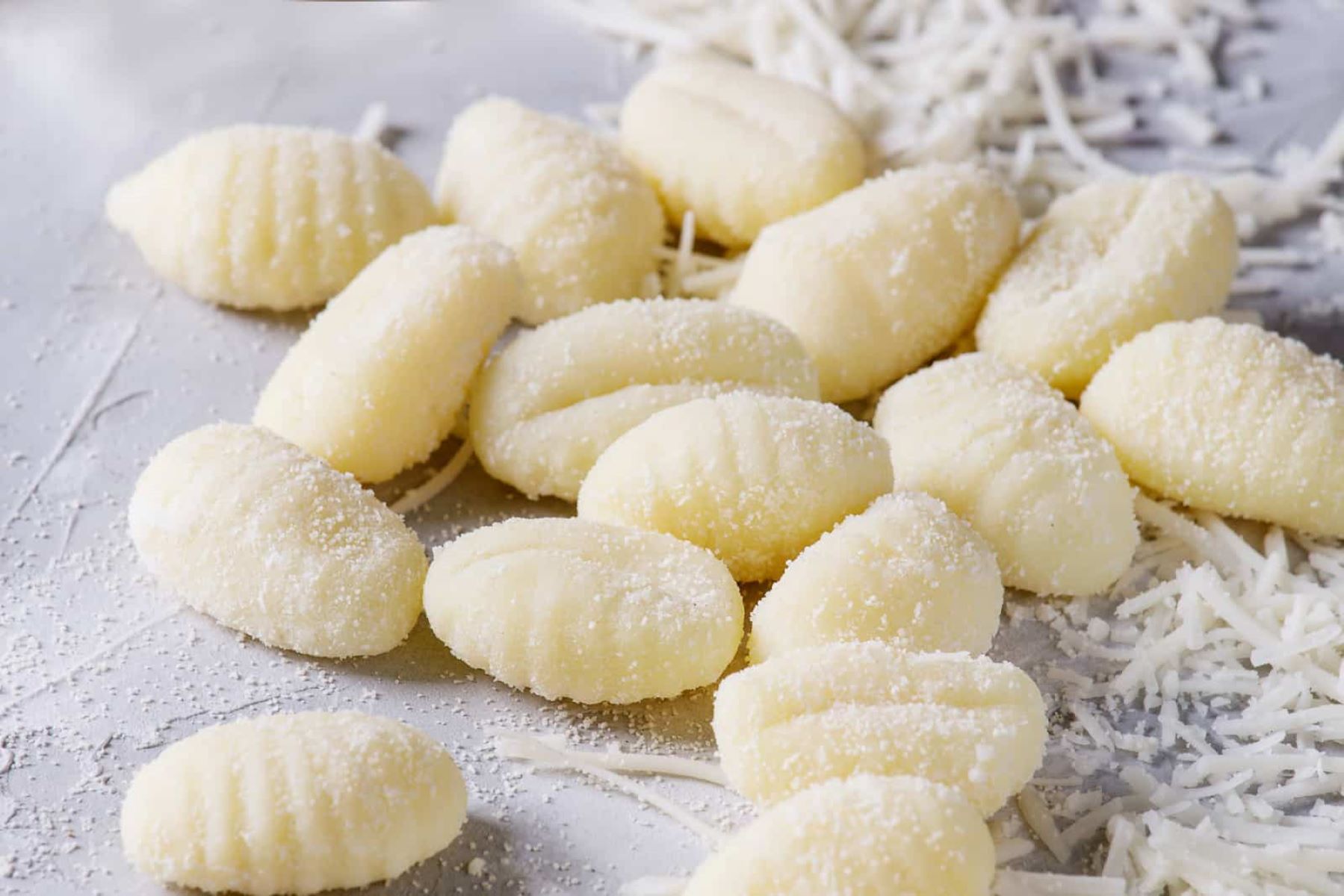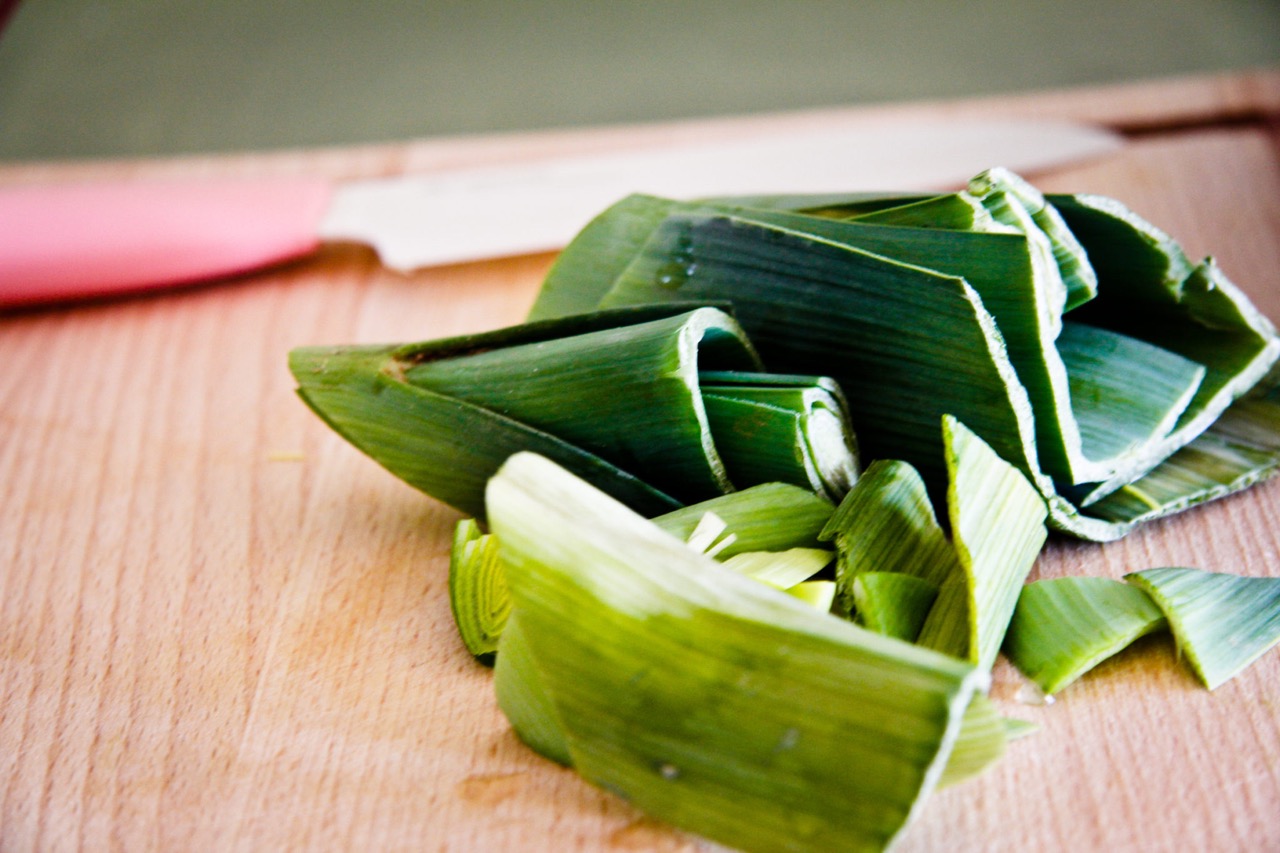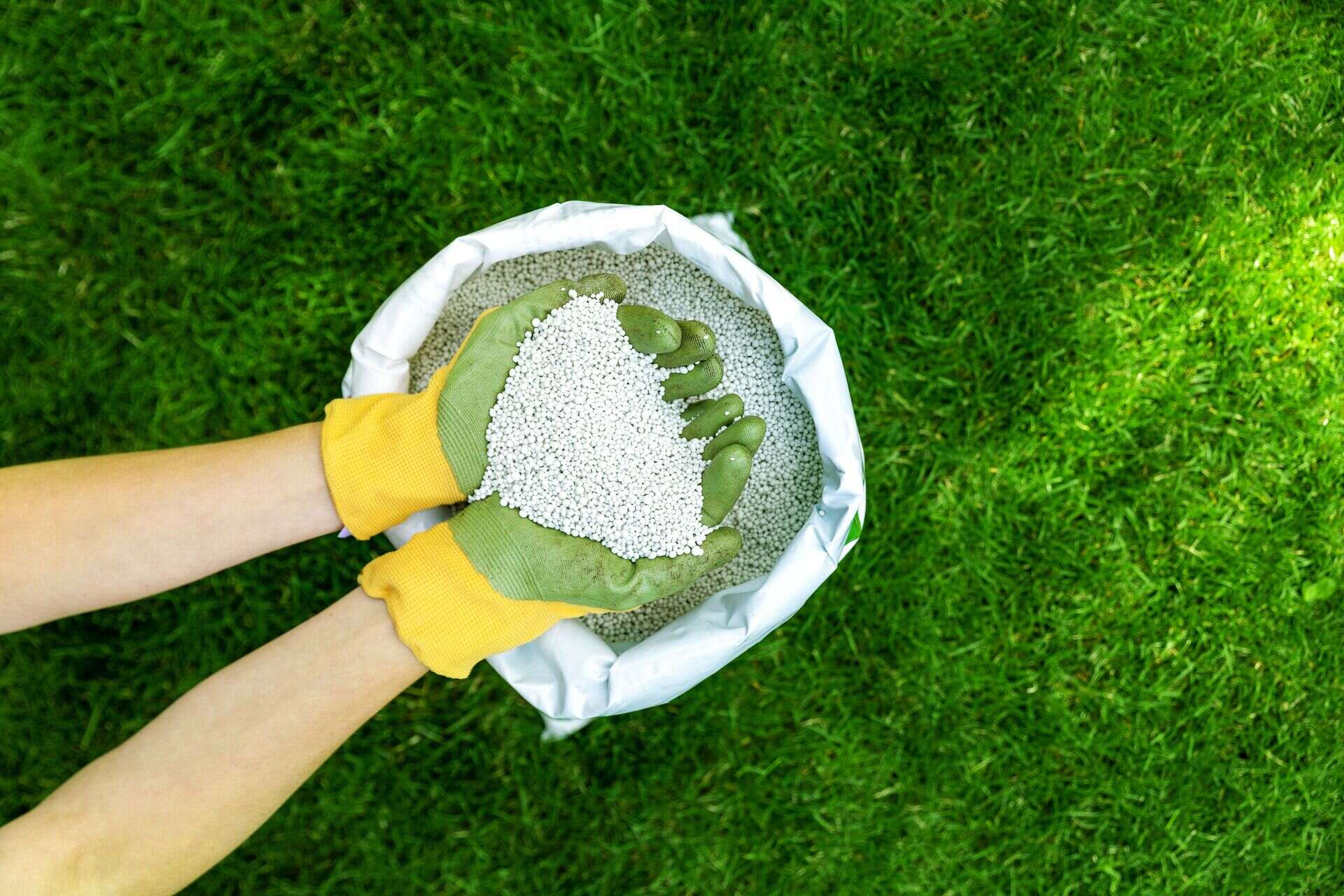

Articles
How To Store Taro
Modified: May 6, 2024
Learn the best practices for storing taro and keeping it fresh for longer in this informative article. Find useful tips, techniques, and expert advice on taro storage.
(Many of the links in this article redirect to a specific reviewed product. Your purchase of these products through affiliate links helps to generate commission for Storables.com, at no extra cost. Learn more)
Introduction
When it comes to storing taro, a versatile root vegetable commonly used in many cuisines, proper storage techniques are essential to maintain its freshness and quality for an extended period. Whether you want to store taro at room temperature, in the refrigerator, or even freeze it for future use, understanding the best practices can help you make the most of your taro supply.
In this article, we will guide you through the process of storing taro, from choosing the freshest tubers to ensuring proper air circulation and checking for signs of spoilage. By following these guidelines, you can extend the shelf life of taro and always have this delicious and nutritious ingredient readily available in your kitchen.
Key Takeaways:
- Choose firm, smooth, and blemish-free taro for longer shelf life. Properly prepare and store at room temperature, in the refrigerator, or freezer to enjoy fresh and delicious taro in various cuisines.
- Ensure proper air circulation, check for spoilage, and discard any affected pieces to maintain taro quality. Follow storage guidelines to preserve flavor, texture, and nutritional value for extended use.
Read more: How To Store Taro Leaves
Choosing Fresh Taro
When it comes to storing taro, selecting the freshest tubers is the first step towards ensuring long-lasting quality. Here are some tips to help you choose the best taro:
- Look for firmness: When selecting taro, choose tubers that are firm to the touch. Avoid ones that feel soft or have any bruising or blemishes, as these signs indicate that the taro may be past its prime.
- Check for sprouting: Examine the taro for any signs of sprouting or growth. Fresh taro should not have any green shoots or sprouts emerging from the skin.
- Inspect the skin: The skin of the taro should be smooth and free from any cuts or scratches. Avoid taro with damaged skin, as it can lead to quicker spoilage.
- Consider size and weight: Generally, smaller taro tubers tend to be sweeter and have a more tender texture. However, larger taro can also be delicious, so it ultimately depends on your preference.
By choosing the freshest taro, you can ensure that the root vegetable has a longer shelf life and will retain its flavor and texture during storage.
Preparing Taro for Storage
Before storing taro, it’s important to properly prepare it to help extend its shelf life. Follow these steps to prepare taro for storage:
- Wash the taro: Start by rinsing the taro under cool running water. Use a brush or sponge to gently scrub the surface to remove any dirt or debris. Make sure to handle the taro with care to avoid damaging the skin.
- Peel the taro: Once the taro is clean, peel off the skin using a sharp knife or a vegetable peeler. Remove the outer layer until you reach the flesh, making sure to remove any blemishes or spots.
- Cut into pieces (optional): Depending on your preference, you can choose to cut the taro into smaller pieces before storing. This can be beneficial if you only plan to use a portion of the taro at a time or if you want to freeze it for future use.
- Blanch (optional): If you intend to freeze the taro, blanching it before freezing can help preserve its texture and color. To blanch, bring a pot of water to a boil and gently place the taro pieces in the boiling water for a couple of minutes. Then quickly transfer them to an ice bath to cool them down before draining and storing.
Once the taro is washed, peeled, and optionally blanched, it is ready for storage. Follow the next sections to learn about proper storage methods whether you plan to keep it at room temperature, in the refrigerator, or in the freezer.
Storing Taro at Room Temperature
If you plan to use taro within a few days, storing it at room temperature is a viable option. Here’s how to store taro at room temperature:
- Choose a cool, dry, and well-ventilated area: Find a spot in your kitchen or pantry that is away from direct sunlight, moisture, and heat sources. This will help maintain the quality of the taro and prevent it from spoiling.
- Place in a breathable container: To allow for proper air circulation, transfer the taro into a breathable container such as a mesh bag or a perforated paper bag. Avoid storing it in sealed plastic bags, as they can trap moisture and promote decay.
- Avoid overcrowding: Make sure to arrange the taro so that they are not stacked tightly. This helps prevent them from bruising and allows for better air circulation.
Stored at room temperature, taro can last for up to a week, depending on its freshness and condition. Keep an eye on the taro and check for any signs of spoilage, such as mold growth or a foul odor. If you notice any issues, it’s best to discard the affected pieces to prevent any chance of contamination.
Note: Storing taro at room temperature is suitable for short-term storage. If you have a large quantity of taro or want to store it for an extended period, it’s recommended to consider refrigeration or freezing methods for optimal freshness and longevity.
Storing Taro in the Refrigerator
If you want to extend the shelf life of taro beyond a week, storing it in the refrigerator is the ideal option. Follow these steps to store taro in the refrigerator:
- Wrap in a paper towel: Before placing taro in the refrigerator, wrap each tuber individually in a paper towel. This helps absorb excess moisture and prevents the taro from becoming soggy.
- Transfer to a perforated bag or container: Place the wrapped taro in a perforated plastic bag or a container with ventilation holes. The perforations allow proper air circulation, which helps prevent moisture buildup and maintain the crispness of the taro.
- Store in the vegetable drawer: The vegetable drawer in your refrigerator is the best place to store taro. It provides a slightly humid environment while keeping the taro separate from other produce, preventing odor transfer.
- Check regularly: Periodically check the taro for any signs of spoilage. Remove any pieces that have soft spots, mold growth, or a foul odor.
When stored properly in the refrigerator, taro can remain fresh for up to two weeks. However, keep in mind that the quality of taro may start to deteriorate over time, so it’s best to use it as soon as possible for the best flavor and texture.
Remember to keep the taro away from strong-smelling foods in the refrigerator, as taro can absorb odors easily. If you notice any unpleasant smell or flavor, it’s advisable to discard the taro to avoid compromising the taste of your dishes.
Store taro in a cool, dry place, such as a pantry or cellar, away from direct sunlight. Make sure to keep them in a well-ventilated area to prevent them from becoming too moist or moldy. Avoid storing them in the refrigerator, as the cold temperature can cause them to spoil quickly.
Read more: How To Store Taro Root
Freezing Taro
If you have a surplus of taro or want to store it for an extended period, freezing is a convenient option. Freezing taro helps retain its texture and flavor, allowing you to enjoy this root vegetable even when it’s out of season. Here’s how to freeze taro:
- Prepare the taro: Wash and peel the taro, removing any blemishes or spots. Cut the taro into desired chunks or slices if preferred.
- Blanch the taro: Blanching the taro helps preserve its quality during freezing. Bring a pot of water to a boil and carefully add the taro. Boil for 3-5 minutes, depending on the size of the pieces, then immediately transfer them to an ice bath to cool rapidly. This process helps stop the cooking process and maintain the taro’s texture.
- Drain and dry: Once the taro is cool, drain it thoroughly to remove any excess moisture. Pat the taro dry with a kitchen towel or paper towels. This step helps prevent ice crystals from forming and ensures better freezer storage.
- Packaging: Place the blanched and dried taro in airtight freezer bags or containers. Squeeze out as much air as possible before sealing to minimize freezer burn. Label the bag or container with the date of freezing for easy reference.
- Freeze: Lay the bags or containers flat in the freezer to allow for convenient stacking and to prevent the taro from sticking together. Ensure that the freezer temperature is set to 0°F (-18°C) or below for optimal food preservation.
Frozen taro can typically be stored for up to 6 months. While the taro may darken slightly due to the freezing process, its flavor and texture should remain intact. When you’re ready to use the frozen taro, simply thaw it in the refrigerator overnight or add it directly to your cooked dishes.
Keep in mind that freezing taro may result in a slightly softer texture compared to fresh taro. Therefore, it is best to use frozen taro in recipes where the texture is less crucial, such as soups, stews, or stir-fries.
Ensuring Proper Air Circulation
Proper air circulation is key to prevent moisture buildup and maintain the freshness of taro during storage. Here are some tips to ensure adequate airflow:
- Choose breathable storage containers: When storing taro, opt for containers that allow air to pass through. Mesh bags, perforated plastic bags, or paper bags with ventilation holes are all suitable options. These containers help prevent the accumulation of excess moisture, which can lead to rotting.
- Avoid overcrowding: It’s important not to overcrowd taro when storing them. Leave enough space between individual tubers to allow for proper airflow. Overcrowding can lead to the development of moisture pockets and increase the risk of spoilage.
- Do not seal tightly: Avoid sealing taro in airtight or tightly sealed containers as this can trap moisture. Excess moisture can cause the taro to rot quickly. Instead, choose containers that allow for some air exchange while still providing protection.
- Store in a well-ventilated area: Whether you choose to store taro at room temperature or in the refrigerator, make sure the storage area is well-ventilated. This helps prevent the buildup of stagnant air and maintains a conducive environment for the taro.
By ensuring proper air circulation during storage, you can help prolong the freshness of taro and reduce the risk of mold growth or spoilage.
Checking for Spoilage
Monitoring taro for signs of spoilage is essential to ensure you are consuming fresh and safe produce. Here are some indicators to look for when checking for spoilage:
- Visual inspection: Examine the taro for any visible signs of mold, discoloration, or soft spots. Mold growth or a fuzzy texture is a clear indication that the taro has spoiled and should be discarded.
- Odor: Take a whiff of the taro. If it emits a foul or unpleasant odor, it could be an indication of spoilage.
- Texture: Gently squeeze the taro. If it feels mushy, slimy, or overly soft, it is likely spoiled. Fresh taro should be firm to the touch.
- Taste: If you detect any off flavors or an unpleasant taste when consuming cooked taro, it may have gone bad. Trust your senses and discard any taro that does not taste fresh.
If you notice any of these signs, it’s important to discard the spoiled taro to prevent any potential illness or food contamination. It’s always better to be safe than sorry when dealing with perishable food items.
Regularly check the stored taro, especially if you are storing it for an extended period. By being vigilant and promptly removing any spoiled pieces, you can help maintain the quality of the remaining taro and avoid any cross-contamination.
Remember that proper storage practices, such as ensuring air circulation and maintaining the appropriate temperature, can greatly reduce the chances of taro spoilage. By following these guidelines and regularly checking for signs of spoilage, you can enjoy fresh and delicious taro for longer periods.
Conclusion
Proper storage techniques are crucial to preserving the freshness and quality of taro, a versatile root vegetable used in various cuisines. By following the steps outlined in this article, you can ensure that your taro retains its flavor, texture, and nutritional value for an extended period of time.
Start by choosing the freshest taro tubers, ensuring they are firm, free from blemishes, and have smooth skin. Properly prepare the taro by washing, peeling, and optionally cutting or blanching it before storage. Depending on your needs and the quantity of taro, you can store it at room temperature, in the refrigerator, or freeze it for future use.
When storing taro at room temperature, find a cool, dry, and well-ventilated area. Wrap the taro individually in a breathable container to allow for proper air circulation. However, for longer storage, it is advisable to refrigerate taro. Wrap it in a paper towel, place it in a perforated bag or container, and store it in the vegetable drawer of your refrigerator.
If you have an excess of taro or want to store it beyond a few weeks, freezing is an excellent option. Blanch the taro, dry it thoroughly, and pack it in airtight freezer bags or containers.
Throughout the storage period, ensure proper air circulation by using breathable containers, avoiding overcrowding, and storing in well-ventilated areas. Regularly check for signs of spoilage such as mold, foul odor, and softness. Discard any spoiled taro to prevent contamination.
By following these guidelines, you can make the most of your taro supply and have this versatile ingredient readily available for your culinary adventures. Whether you’re making taro chips, taro stew, or delicious desserts, properly stored taro will enhance your dishes and provide you with a fantastic culinary experience.
Now that you're equipped with expert tips on storing taro, why stop there? Extend your savvy to other areas of your kitchen with our guide on vegetable storage. Perfect your skills and ensure all your produce stays as fresh as possible with insights and practical advice on storing a variety of vegetables. Don't let your culinary delights diminish; keep everything from potatoes to peppers in pristine condition!
Frequently Asked Questions about How To Store Taro
Was this page helpful?
At Storables.com, we guarantee accurate and reliable information. Our content, validated by Expert Board Contributors, is crafted following stringent Editorial Policies. We're committed to providing you with well-researched, expert-backed insights for all your informational needs.















0 thoughts on “How To Store Taro”